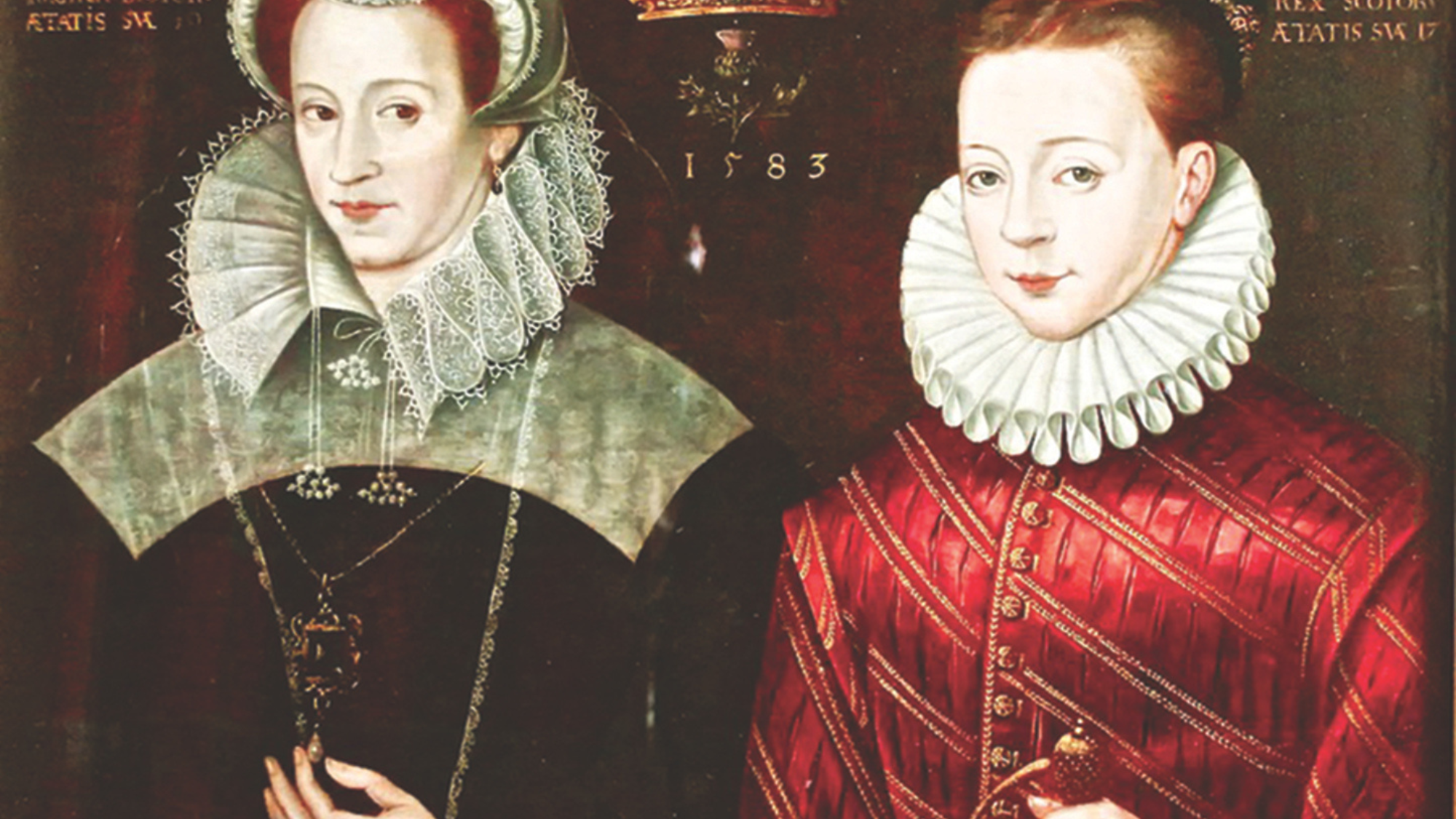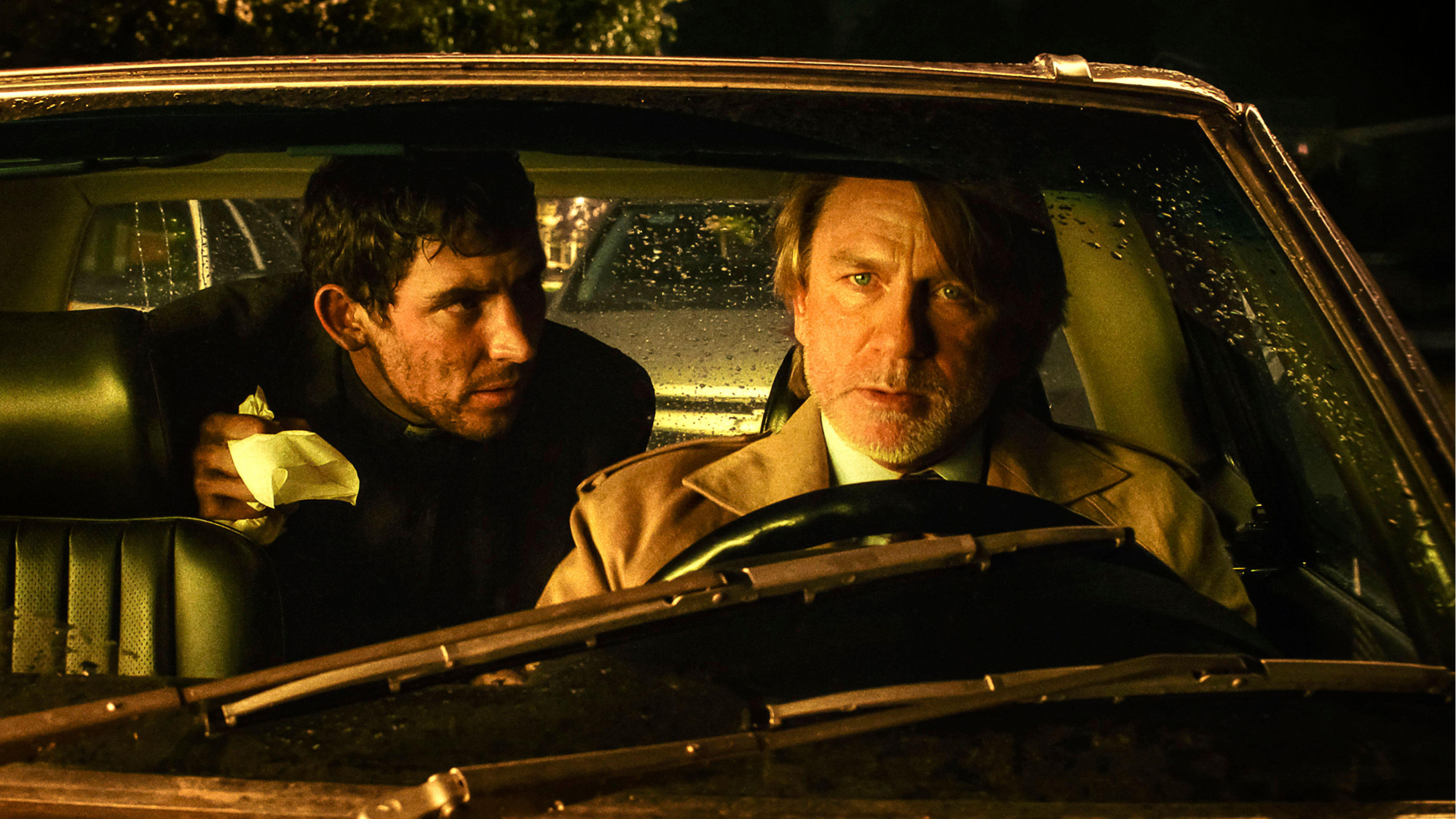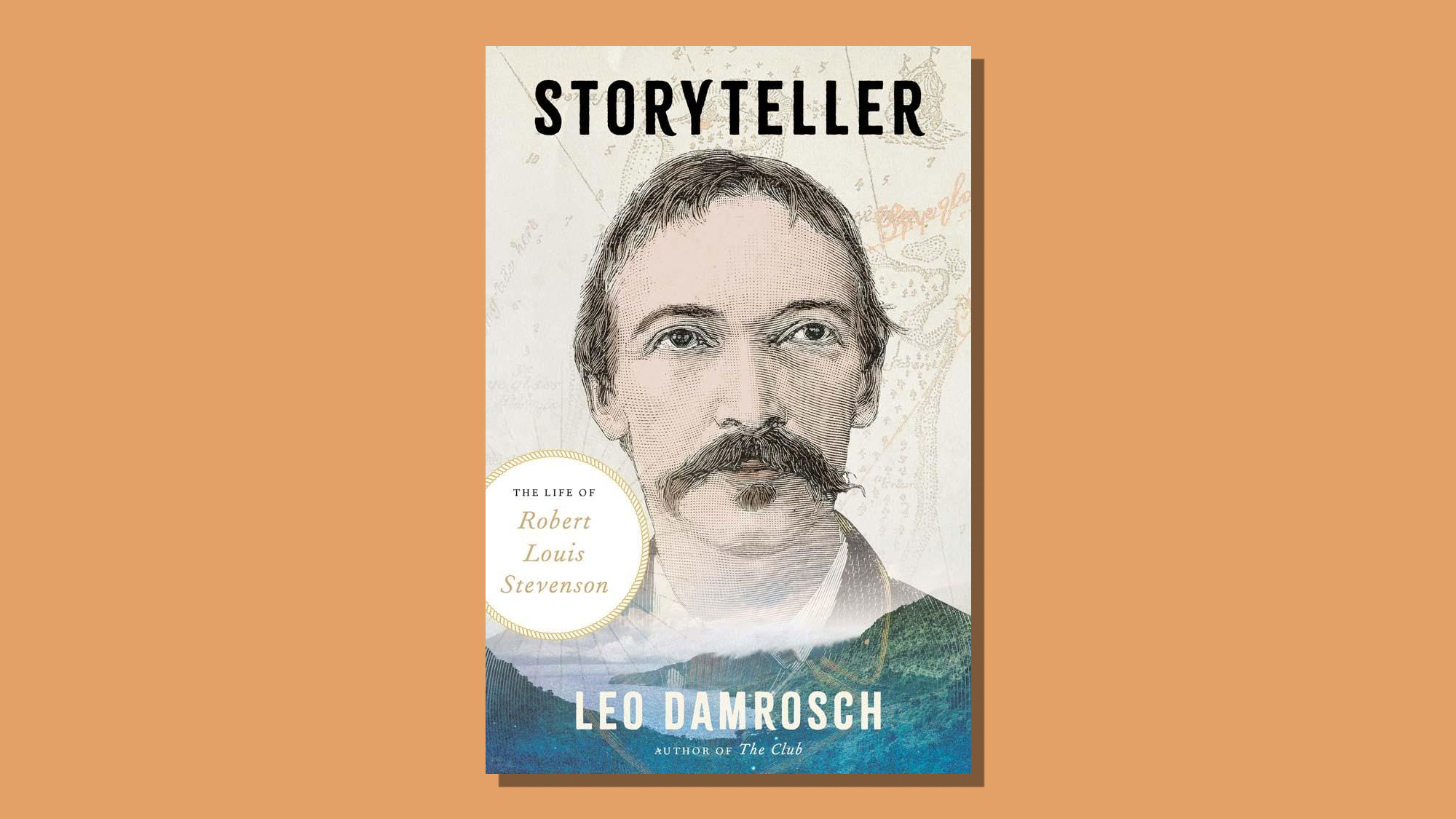The World of King James VI & I – an exhibition bringing 'history to life'
Almost exactly 400 years after his death, the show shines a light on the only son of Mary Queen of Scots

Posterity has not been kind to James VI and I, said Lucy Hughes-Hallett in The Telegraph. The first king to rule both Scotland (where he was James VI) and England, he presided over a sustained period of "peace and posterity" in both kingdoms. "Tolerant and rational", he "proved to be one of the canniest politicians and most sophisticated thinkers" ever to occupy a British throne.
Yet when England descended into civil war following his death, Puritan and Royalist propagandists alike were quick to seize on his probable homosexuality, painting him as a degenerate coward whose lavish tastes and habit of promoting male "favourites" to positions of power had undermined the monarchy.
This exhibition, which opened in April, almost exactly 400 years after his death, tries to set the record straight. Featuring portraits, jewellery, clothes and curios aplenty, it covers his life and times "at a canter", said Samuel Reilly in the same paper. The show does not lionise James. Instead, it urges us to reconsider him on his own terms.
The Week
Escape your echo chamber. Get the facts behind the news, plus analysis from multiple perspectives.

Sign up for The Week's Free Newsletters
From our morning news briefing to a weekly Good News Newsletter, get the best of The Week delivered directly to your inbox.
From our morning news briefing to a weekly Good News Newsletter, get the best of The Week delivered directly to your inbox.
The only son of Mary Queen of Scots, James was born at a "time of upheaval", said Nancy Durrant in The Times. He became king of Scotland in 1567, aged just 13 months: his mother had been forced to abdicate and was in prison in England. A portrait of him aged eight shows a young monarch possessed of remarkable "poise and confidence" – but it can't hide the fact that he is "just a boy". For all the turmoil of his youth, he grew up to be a skilled political "operator", maintaining good relations with his cousin Queen Elizabeth I even after she had his mother executed.
Following her death in 1603, he was invited to become king of England and Ireland, thus uniting all three kingdoms under one crown. The show doesn't disguise James's failures, said Jonathan Jones in The Guardian. It reminds us that he was, for instance, obsessed with witchcraft, and incited a vicious programme of witch-hunting in Scotland. We see a number of esoteric objects, including a bezoar designed to protect against poison, that remind us just how superstitious and alien a time his reign really was.
James himself goes through "many changes" in the likenesses here, said Jones. In a painting from 1583, he and his mother (who was still in prison at the time) are presented side by side looking virtually identical; in later portraits, he looks "increasingly louche yet roughed up". His courtiers, too, get a look in: James's jester, Tom Derry, comes across as "utterly alive" in a portrait by Marcus Gheeraerts the Younger; and his rumoured lover, the Duke of Buckingham, is depicted in a lush 1625 painting by Rubens.
Wisely, the show doesn't project contemporary mores onto James's sexuality; nor does it relativise anything else about this strange, unknowable era. It does the right thing, bringing "history to life without battering it into a 21st-century plaything".
A free daily email with the biggest news stories of the day – and the best features from TheWeek.com
Scottish National Portrait Gallery, Edinburgh. Until 14 September
-
 Political cartoons for December 10
Political cartoons for December 10Cartoons Wednesday's political cartoons include a titanic war crime, a hostile takeover, and skinny Santa Claus
-
 The Week contest: No smoking
The Week contest: No smokingPuzzles and Quizzes
-
 Phish food for thought: Ben & Jerry’s political turmoil
Phish food for thought: Ben & Jerry’s political turmoilIn the Spotlight After a landmark demerger by Unilever, spinning off their ice cream brands, a war of words over activism threatens to ‘overshadow’ the deal
-
 ‘Furious Minds: The Making of the MAGA New Right’ by Laura K. Field and ‘The Dream Factory: London’s First Playhouse and the Making of William Shakespeare’ by Daniel Swift
‘Furious Minds: The Making of the MAGA New Right’ by Laura K. Field and ‘The Dream Factory: London’s First Playhouse and the Making of William Shakespeare’ by Daniel SwiftFeature An insider’s POV on the GOP and the untold story of Shakespeare’s first theater
-
 Henri Rousseau: A Painter’s Secrets
Henri Rousseau: A Painter’s Secretsfeature Barnes Foundation, Philadelphia, through Feb. 22
-
 Homes with great fireplaces
Homes with great fireplacesFeature Featuring a suspended fireplace in Washington and two-sided Parisian fireplace in Florida
-
 Film reviews: ‘The Secret Agent’ and ‘Zootopia 2’
Film reviews: ‘The Secret Agent’ and ‘Zootopia 2’Feature A Brazilian man living in a brutal era seeks answers and survival and Judy and Nick fight again for animal justice
-
 Wake Up Dead Man: ‘arch and witty’ Knives Out sequel
Wake Up Dead Man: ‘arch and witty’ Knives Out sequelThe Week Recommends Daniel Craig returns for the ‘excellent’ third instalment of the murder mystery film series
-
 Zootropolis 2: a ‘perky and amusing’ movie
Zootropolis 2: a ‘perky and amusing’ movieThe Week Recommends The talking animals return in a family-friendly sequel
-
 Storyteller: a ‘fitting tribute’ to Robert Louis Stevenson
Storyteller: a ‘fitting tribute’ to Robert Louis StevensonThe Week Recommends Leo Damrosch’s ‘valuable’ biography of the man behind Treasure Island
-
 The rapid-fire brilliance of Tom Stoppard
The rapid-fire brilliance of Tom StoppardIn the Spotlight The 88-year-old was a playwright of dazzling wit and complex ideas